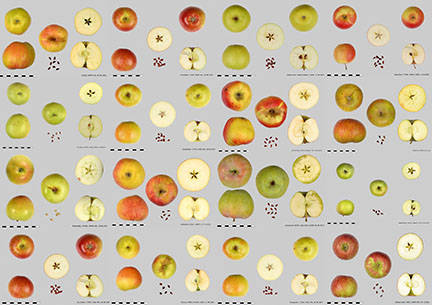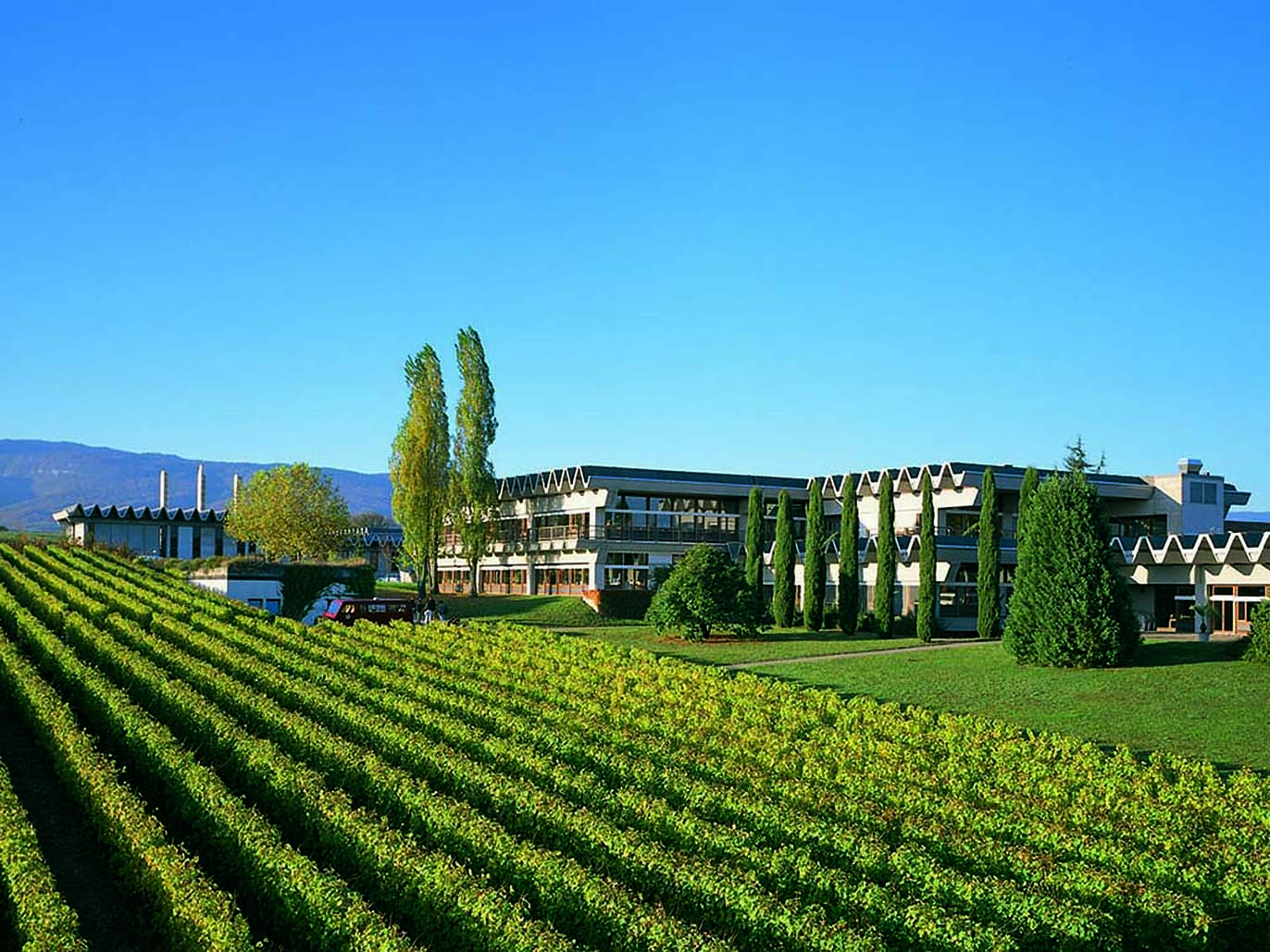
Issue 5 - September - October 2018


Abstract in open access
A trial intended to study the impact of cluster-zone leaf removal on Pinot Noir vines as a function of when it is performed was conducted at the Agroscope experimental vineyard in Pully. Particular attention was paid to the composition of the berries and the sensory profile of the wines. Over a six-year period, Pinot Noir vines underwent intensive leaf stripping at different phenological stages (bud differentiation, flowering, bunch closure). This technique had a positive effect on the composition of the must and wines, mainly to the detriment of the fruit-set rate and yield. Pre-floral leaf removal resulted in an average 30 % decrease in yield potential, a doubling of the thickness of the berry skins, and a significant increase in polyphenol concentrations. Vine vigour was not affected. Early leaf-thinning is a worthwhile prophylactic technique for controlling fungal diseases, reducing excessive yields, and improving the composition of red wines.
Keywords: leaf removal, yield regulation, Botrytis, wine composition.
E-Mail: thibaut.verdenal@agroscope.admin.ch
Adress: Agroscope, 1009 Pully

Abstract in open access
The first white grape variety bred by Agroscope that is resistant to both downy mildew (Plasmopara viticola) and powdery mildew (Erysiphe necator) and which boasts low susceptibility to grey mould (Botrytis cinerea) has just been approved. The outcome of a cross of Bronner and Gamaret carried out in 1997, this variety was named Divona as a tribute to a Celtic fountain goddess. Its resistance to disease – not far short of Divico’s – is high, although not absolute. Depending on disease pressure, one to three phytosanitary treatments applied around the flowering/fruit-set period are sufficient for effective protection. This grape variety displays a fairly high productivity which often requires harvest regulation. Divona is an early variety that ripens at the same time as Müller Thurgau, so the warmest spots in the vineyard should be avoided. The wines obtained from the grape are structured and highly esteemed at tastings; their bouquet can be fairly complex (exotic fruits, citrus fruits, floral notes, mineral notes upon ageing).
Keywords: grapevine breeding, Divona, disease resistance, Plasmopara viticola, Erysiphe necator, wine quality.
E-Mail: jean-laurent.spring@agroscope.admin.ch
Adress: Agroscope, 1009 Pully


Abstract in open access
In 2017, the populations of typhlodromes were evaluated in 12 vineyard parcels in the canton of Geneva (Switzerland) with two quantitative samplings carried out in June and August. Typhlodromes were present in each of the studied parcels and were neither influenced by the size and botanical quality of adjacent Biodiversity Promotion Areas (BBAs), nor by the grape variety and leaf hairiness. Despite significant heterogeneity of phytosanitary treatments employed in each vineyard parcel, the repeated applications of sulfur were able to be identified as the main factor limiting the development of typhlodromes populations.
Keywords: Vineyard, Typhlodromus mites, functional biodiversity, Biodiversity-promotion areas, Geneva canton.
E-Mail: mariebessat@gmail.com
Adress: Hepia, 1254 Jussy

Abstract in open access
Les projets d’inventaire, de description et d’utilisation des ressources génétiques du pommier font partie du Plan d’action national pour la conservation et l’utilisation durable des ressources phytogénétiques pour l’alimentation et l’agriculture (PAN-RPGAA). Ces projets sont et seront menés par Agroscope à Wädenswil sur mandat de l’association Fructus (www.fructus.ch) et financés en grande partie par l’Office fédéral de l’agriculture (OFAG). Agroscope et l’association Fructus apportent des contributions considérables. Les données relevées sont accessibles dans la base de données nationale des ressources phytogénétiques (www.bdn.ch) ainsi que dans la base de données européenne (www.eurisco.com).
Keywords:
E-Mail: jennifer.gassmann@agroscope.admin.ch
Adress: Agroscope, 8820 Wädenswil


 Download of full issue
Download of full issue
 Download article
Download article